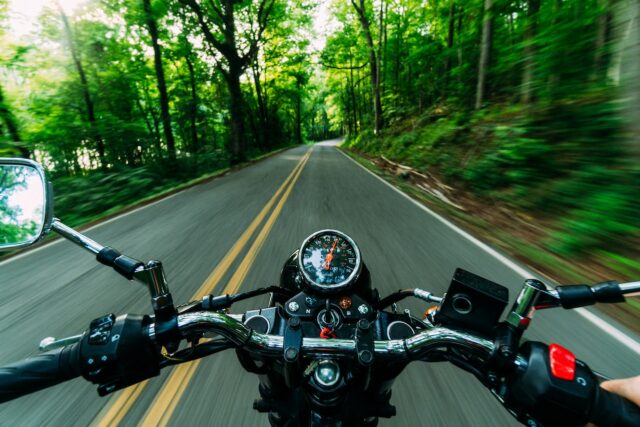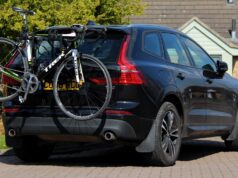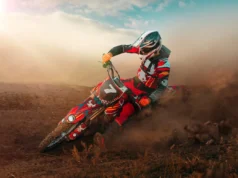Riding a motorcycle can be an exhilarating experience, but it’s also incredibly dangerous. Before you take your first ride on the open road, you’ll need to learn how to handle yourself as a rider precisely and make sure that what’s happening around you doesn’t endanger anyone else on the road.
The learning curve of a motorcycle varies from person to person. You can become a better rider the more you ride, so if you’re new to riding motorcycles, it might take longer than someone who has been riding for years. Having experience and practice helps as well—the faster you learn how to control your bike, the better! Read on to find out some of the vital points to keep in mind while learning how to ride a motorcycle.
1. Find The Right Instructor
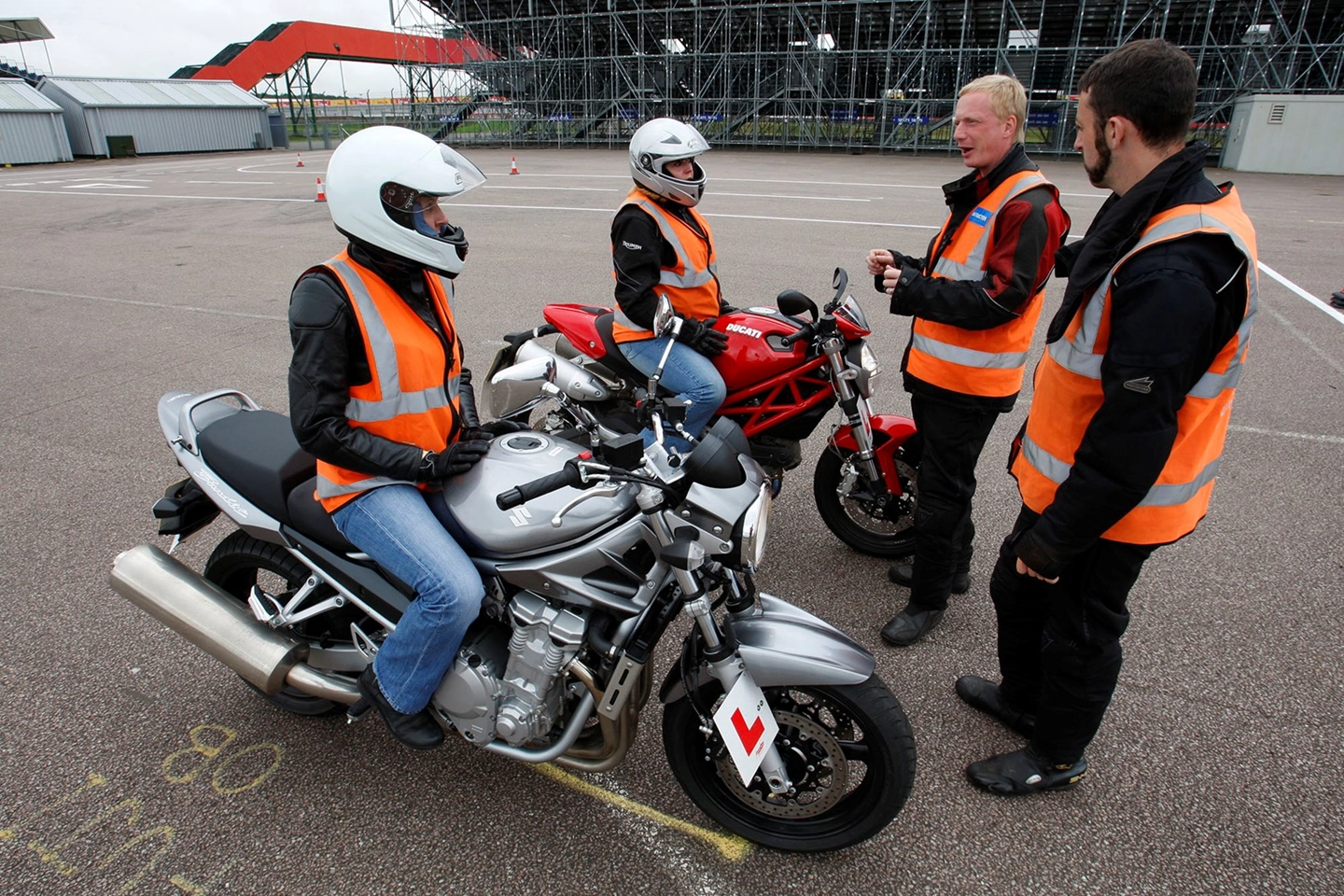
Finding a good instructor is the first step to learning how to ride a motorcycle. Look for an instructor who has experience teaching beginners. You may try asking around at the local motorcycle shops or other businesses that help riders learn how to ride motorcycles by taking them out on rides and showing them what it’s like before they take their bikes out on the road. Several reputed organizations, like the Fay Myers motorcycle class, have taught budding bikers for years and are experts at it.
If you’re interested in taking lessons from someone with no experience as an expert rider (which is okay), then look into schools where students can learn from each other instead of having one person teach everyone else’s mistakes!
2. Choose The Correct Bike
Before you hit the road, the first step would be to choose the correct bike. Choosing the right bike for you depends on several factors, a few of which are discussed below.
1. Height and Build:
The first thing to consider is your height. You’ll want to choose a bike within your reach to learn how to ride safely. If you’re under 5’5″ or 5’6″ tall, you should probably look into an off-road or dual sport motorcycle. These bikes can be easier to ride and handle more aggressively, but they don’t give you the same level of control as other riders.
If you’re taller than 6′, then an on-road bike may be best to begin with. On-road bikes are generally lighter than dirt bikes and have a more comfortable riding position. This makes them easier to control without worrying about being thrown out of the saddle while trying something new, like cornering or accelerating quickly from a stoplight or stop sign.
2. Experience Level:
If you’ve never ridden before, choosing your first bike is essential for safety reasons and learning how to ride effectively at slow speeds (which will help with coming up behind another rider). Off-road motorcycles tend to have better suspension than on-road models when the rider is still getting used to the controls.
3. Budget:
Even if your budget is enough to afford an advanced sports bike, learning to ride on them can be challenging. If you are still considering going for more extensive motorcycles, try renting lighter ones, at least for the training period. Once you get used to the controls, shift to the bike of your dreams.
Once you know exactly what kind of bike will work best for your situation, it’s time to get riding!
3. Get Your Learner’s Permit
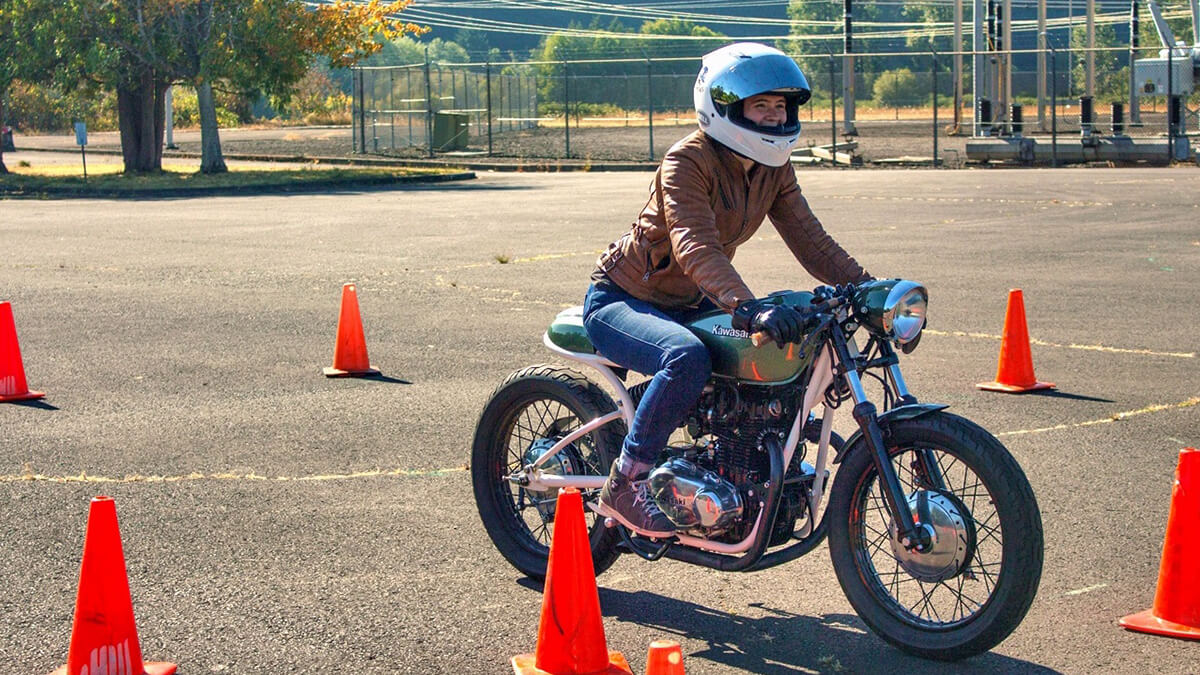
The first step to riding a motorcycle is getting your motorcycle learner’s permit. You must take a class and pass the test at a state-approved Motorcycle Training School. It will show your age, height, weight, and eye color. You must be at least 16 years old to get one.
Once you have your learner’s permit, you can start taking lessons from an experienced instructor or motorcyclist. Most schools offer private and group classes so everyone can learn at their own pace. The license you receive when you pass your test will be valid for two years, but you’ll still need to renew it every two years.
4. Take Your First Ride
Your first ride will be terrifying, but your instructor will make it as easy as possible. They’ll help you build your confidence in the process and teach you how to ride safely.
You may be nervous about riding a motorcycle at first, but don’t worry: most people have similar feelings when they first start driving a car or learning to swim! You’ll learn everything from clutch control to countersteering, braking, shifting, and most probably, all in a parking lot!
5. Practice In A Private Space Or Parking Lot
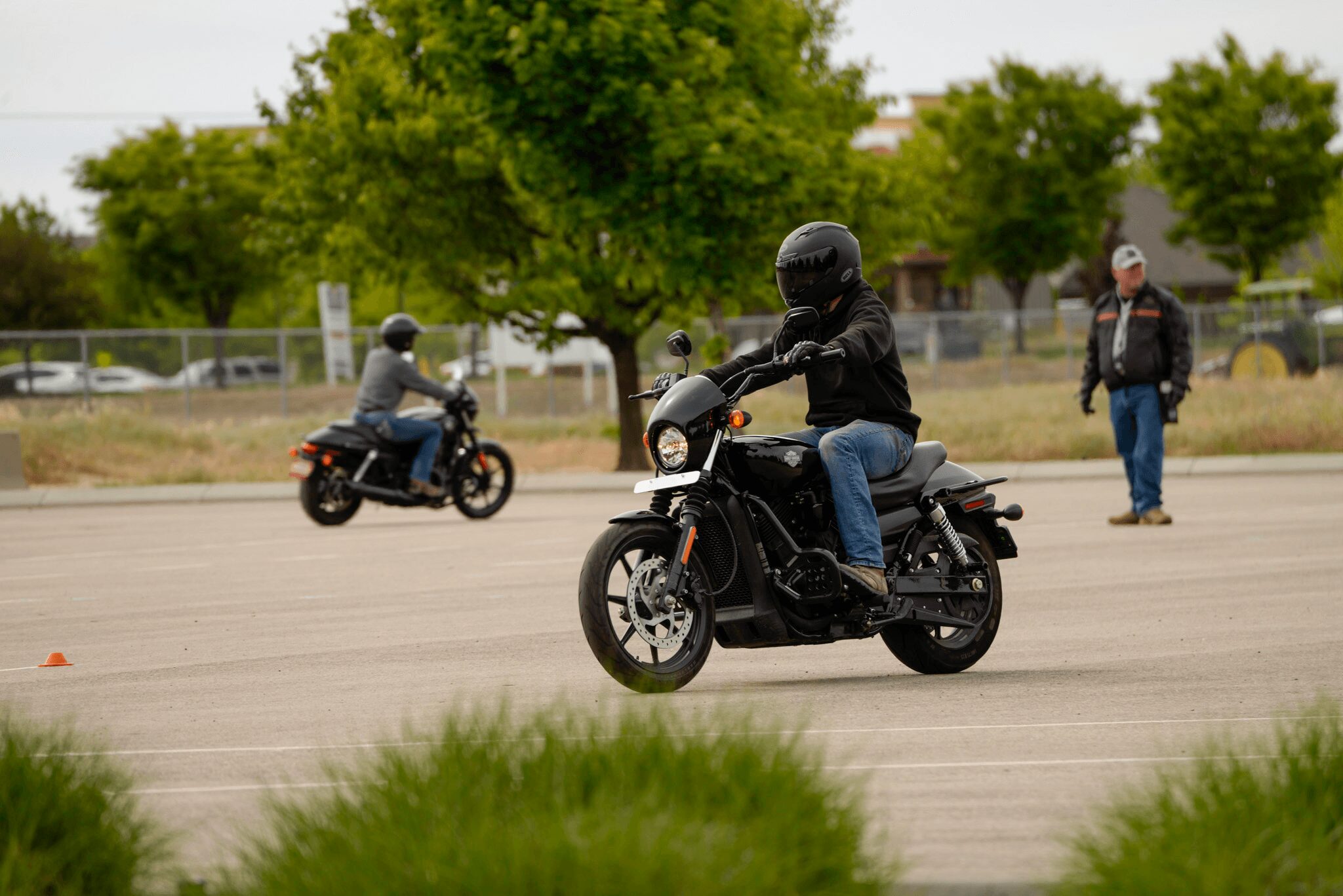
Find an empty parking lot where you can practice to get started on your motorcycle education. You’ll need to ride slowly so that you can maintain control at low speeds without losing traction on the road or skidding out of control when turning left or right.
To do this, drive around the center of the block until you feel comfortable with your speed and direction; then try again with tighter turns by walking through them instead of driving straight through them (this helps keep your balance). After getting used to riding at low speeds for about 15 minutes per session over two weeks (or longer if necessary), move on to larger, more open spaces like parks or outside shopping centers where there’s plenty of room for maneuvering around obstacles like cars parked alongside streets.
6. Avoid Overconfidence
Riders with a license or who have ridden before might feel ready to get on the road after their first day of class. But most beginners need a few more days to gain confidence before they can handle the road. Practice until you can control your speed and direction with ease, then try again in a small empty lot with tight turns until you get comfortable turning left, right and U-turns.
Once you’re comfortable riding around in a parking lot (and it doesn’t matter if this means that the space is open and confined), the next step is to move on to quieter streets with speed limits of 30 mph or less.
Final Thoughts
Better late than never. If you’re looking for a new hobby and want to learn how to ride a motorcycle, then this is the perfect opportunity! You can start by choosing the right bike for your needs and finding an instructor who will teach you everything from clutch control to countersteering. Then all that’s left is practicing until you feel comfortable enough with your skills; so that, when the time comes to ride on public roads, hopefully, no one else will get hit by any stray cars while they’re riding around on two-wheels!

